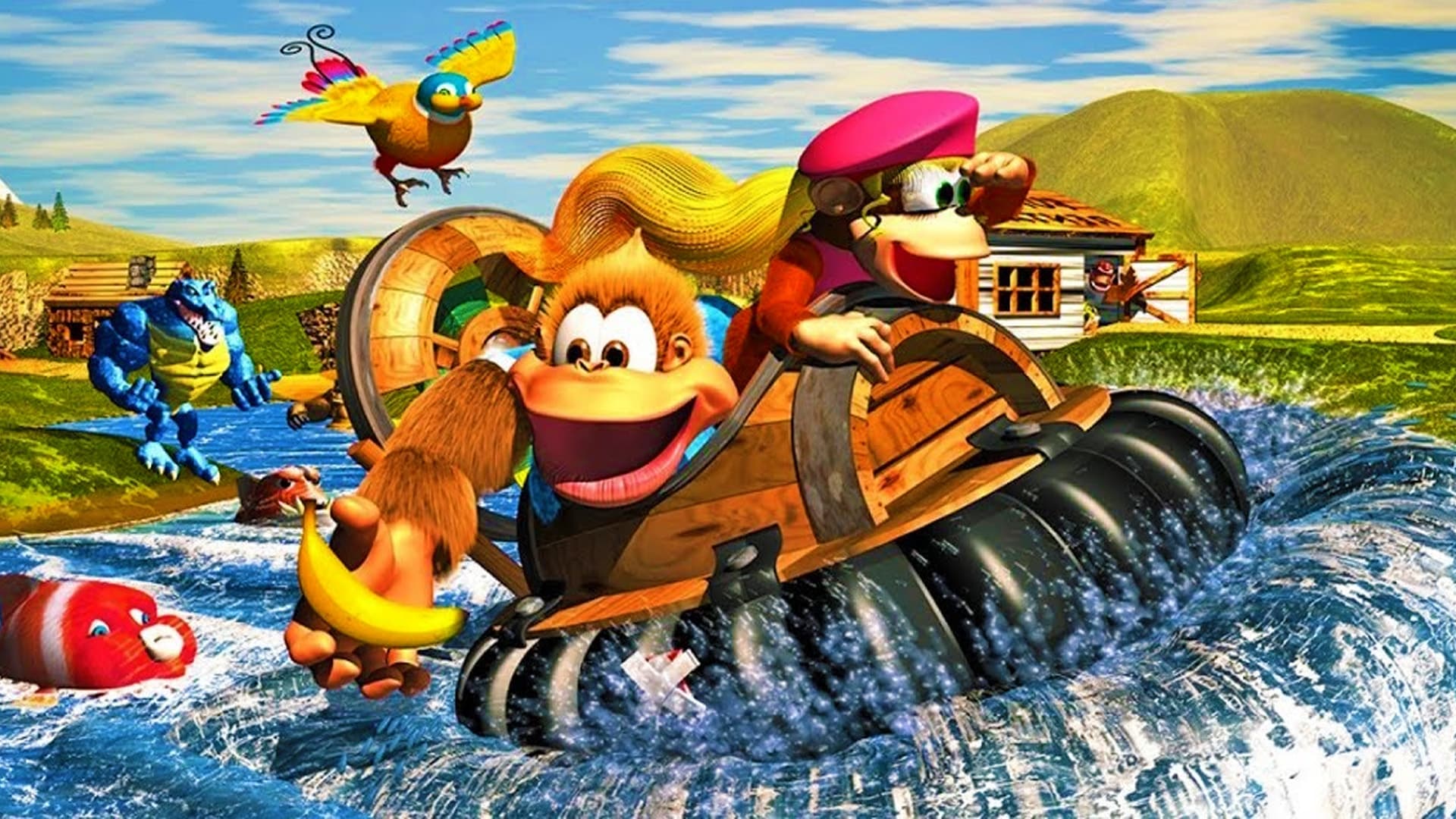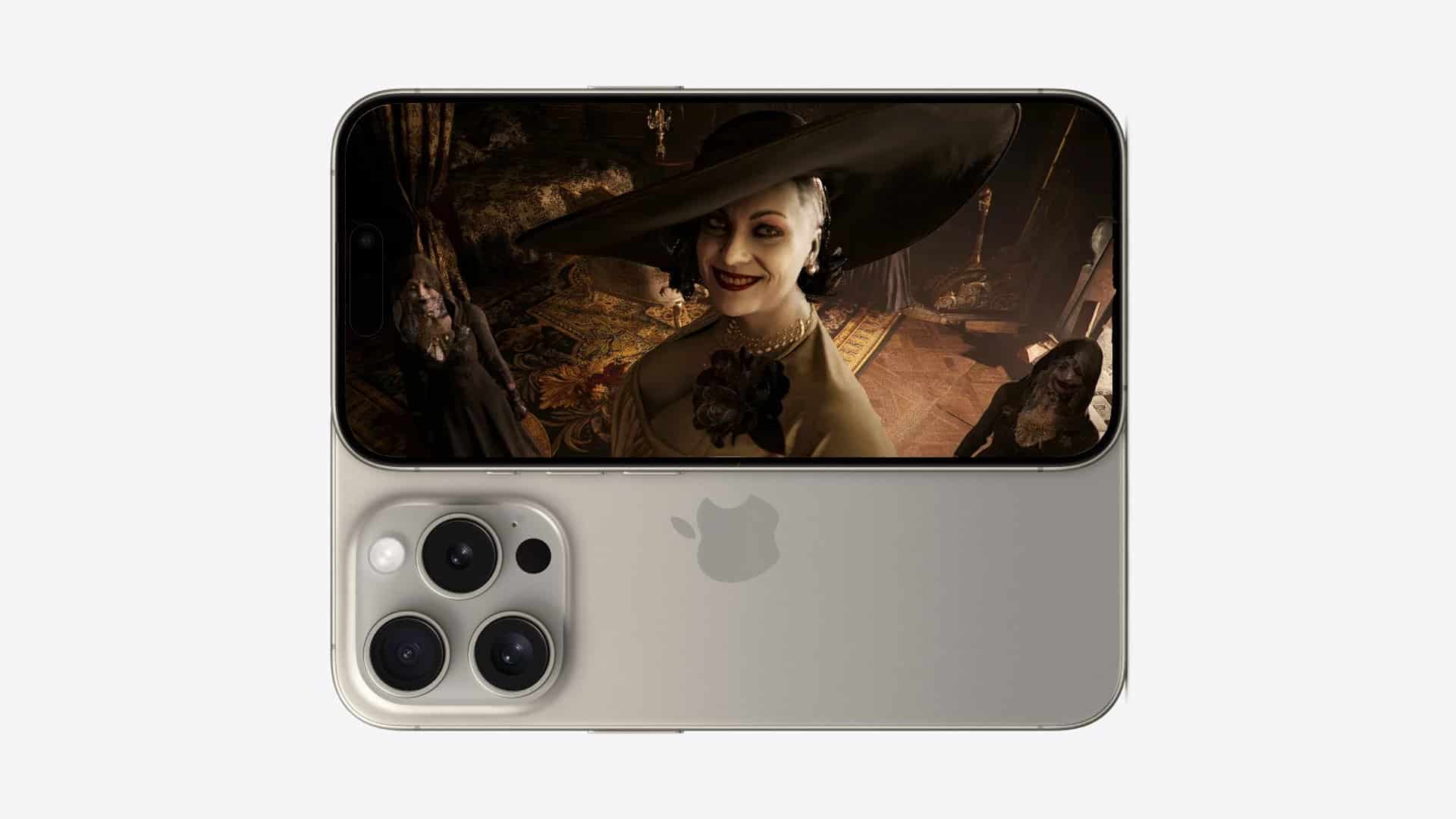The recent launch of Donkey Kong Bananza has taken the gaming world by storm, as a sprawling title built for constant engagement in the “Minecraft generation”. It’s a game designed not just to be played, but to be constantly logged into. Its release, however, makes me think of a different time, when the goal was a singular, unforgettable experience.
For me, and for many others, that first journey with the Kong family was Donkey Kong Country 3: Dixie Kong’s Double Trouble!. It was the first game in the series I ever owned. I remember being a kid with still-developing motor skills, replaying the same vibrant, challenging levels over and over. It wasn’t frustrating; it was captivating. I couldn’t pull myself away from the colorful, strange, and sometimes moody world of the Northern Kremisphere.
That kind of magic shows a different way of thinking about games. While modern titles are often engineered to keep you playing, DKC3 was simply made to be explored. In an industry that can seem obsessed with engagement stats over actual fun, revisiting an underrated classic like Donkey Kong Country 3 isn’t just nostalgia. It’s a much-needed reminder of what makes a game truly great.
Living in a Pirate’s Shadow
To understand why Donkey Kong Country 3 became the trilogy’s “ugly stepchild,” you have to remember the titan it followed.
Donkey Kong Country 2: Diddy’s Kong Quest is, for many, one of the greatest 2D platformers ever made. It perfected the formula of the original with tight controls, a beloved pirate theme, and a legendary soundtrack.
Making matters worse, DKC3 launched in late 1996, just two months after the Nintendo 64 and Super Mario 64 had completely changed the game. Suddenly, the pre-rendered graphics that once seemed revolutionary now looked “tragically dated”.
The game was caught between being a sequel to a masterpiece and a 2D relic in a new 3D world. This unfair situation made every creative risk the developers took look like a bigger flaw. The new hero, Kiddy Kong, was seen as a poor replacement for Diddy; the atmospheric soundtrack was criticized for not being as catchy as the last one; and the wilderness theme felt muddled compared to the clear pirate motif. But looking back now, those supposed flaws are exactly what give the game its unique and lasting identity.
A World of Its Own
The biggest and best innovation in Donkey Kong Country 3 is how it turned the world map from a simple path into a game of its own. For the first time, you weren’t just funneled from one level to the next; you were set loose to explore the Northern Kremisphere. With a variety of vehicles from Funky Kong, you could navigate the waters, discover hidden caves, and unlock entire secret areas. This shifted the focus from pure speed to thoughtful exploration. The world felt alive, populated by the charming Brothers Bear, who offered hints and a game-spanning trading quest that gave you a reason to revisit old haunts.
While some found the theme less cohesive, the game’s “Canada-like setting” was a beautiful and unique backdrop, trading jungles for serene lakesides, misty forests, and snowy mountains. The graphics were often sharper and more detailed than even DKC2, pushing the SNES to its absolute limit. This natural beauty was paired with wonderfully bizarre enemies. The Kremlings weren’t a pirate army anymore; they were a grotesque collection of stitched-together, mechanically-altered creatures, reflecting the “mad scientist” theme of their new leader, Baron K. Roolenstein. This “Frankenstein” aesthetic gave the game a quirky, slightly unsettling vibe that was all its own.
The soundtrack is perhaps the game’s most misunderstood element. With series composer David Wise contributing only a few tracks, Eveline Fischer (now Novakovic) took the lead, creating a score that was more ambient, atmospheric, and often melancholic. Tracks like “Water World” are hauntingly beautiful, evoking a sense of deep-sea mystery rather than cheerful calypso. The music was designed not just to be heard, but to be felt, perfectly matching the game’s slower, more contemplative pace.
A Tale of Two Kongs
After her debut in DKC2, Dixie Kong rightfully stepped into the lead role. Her helicopter spin remains one of the most satisfying abilities in platforming, giving players incredible aerial control. Her partner, the infant Kiddy Kong, was controversial for his looks, but from a gameplay perspective, he was a brilliant addition. Kiddy was strong, fast, and had unique abilities like a water-skipping roll and the power to smash through floors when thrown by Dixie. The duo revived the “power vs. control” dynamic of the first game but with far more strategic depth.
The game is often criticized for its “gimmick levels”—stages built around a single, unique mechanic, like reversed controls or pursuing saw blades. But these so-called gimmicks are what give each level its memorable identity. They weren’t just frustrating obstacles; they were unique challenges that tested different skills and kept the experience feeling fresh and varied from start to finish.
The Patient Gamer’s Treasure
Playing Donkey Kong Country 3 today is a special experience because it represents a complete, polished game on a single cartridge, a rarity in an age of day-one patches and endless DLC. Free from the unfair expectations of 1996, its slower, more exploratory pace and challenging levels can be appreciated as the virtues they always were. The HD remake of Donkey Kong Country series also helps recapture the nostalgia on modern gaming consoles.
Donkey Kong Country 3 isn’t the disappointing end to a trilogy. It’s a bold, creative adventure that confidently carved its own path, a weird and wonderful masterpiece that has more than earned its place in the pantheon of SNES classics.






